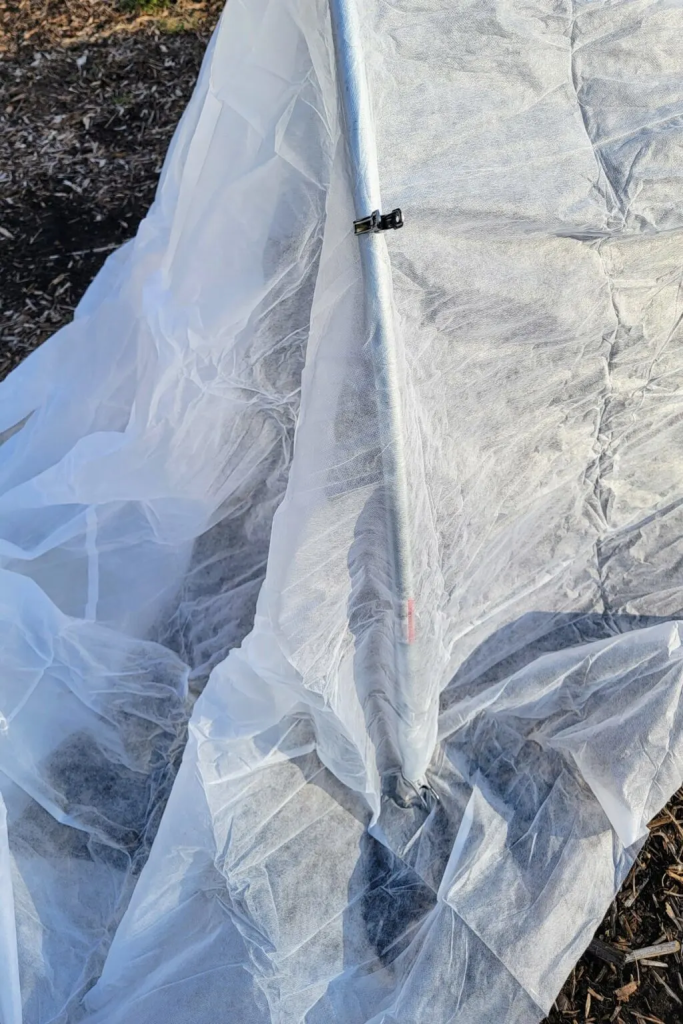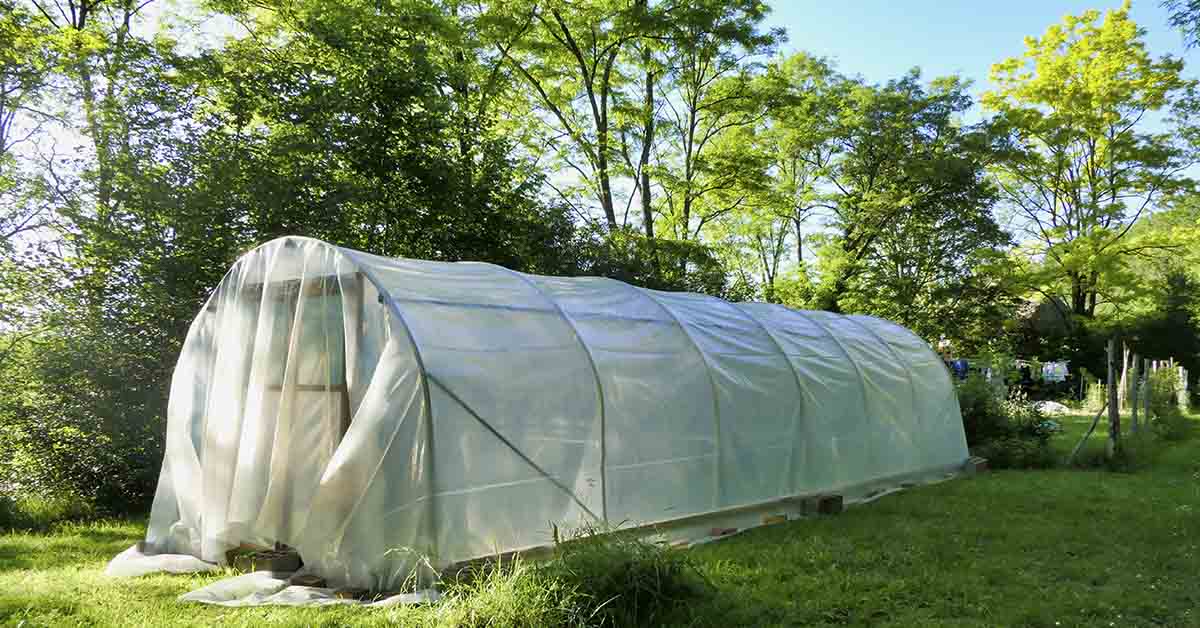Gardening is a hobby that many enjoy. However, not all of us are lucky to live in a climate that supports healthy plant life all year round. So, human beings have done what they do best and invented some genius ways to aid their vegetable patches. The polytunnel is one of the better inventions and the best part is, you can make one yourself.
DIY polytunnel
The dawn of the industrial revolution saw the rise of many factories that mass-produced various things. These days, you could pop down to your local IKEA and buy a garden shed or a greenhouse to install in your garden. But, for some people, that takes half the fun out of the project. Others do not have the exorbitant amount of money these amenities cost in stores. They would instead build one themselves.

Polytunnels are a great method for protecting your vegetable patch from colder climates or early Winter frosts. If you did not know, they are those long and rounded contraptions you might have seen on big-scale farms. However, people have discovered how easy they are to build their own polytunnel for small-scale micro-farming at home. They might not be as tall as a greenhouse, so they are better suited for low-growing fruits and vegetables.
Poles for the polytunnel
Traditionally, a home-based polytunnel is created with PVC pipes. Although, you may use anything that has a rounded frame. PVC pipes might bend easily, and they are affordable, but they have a tendency to weather in harsh conditions. So, they will not last as long as you might like. This example is more likely to last a while longer because it uses EMT or metallic electrical tubing for the frame of the polytunnel. It might be $2 more for every 10-foot piece, but it has more endurance.
The EMT poles are usually about 10 feet in length. They are then bent into a semi-circle shape using either a tubing roller or a conduit bender. Both of which can be found at a hardware store. You can, of course, shorten your EMT poles if you want a lower polytunnel. But, the 10-foot-long poles leave you with a polytunnel high enough for tall plants and wide enough for a selection of fruits and vegetables.
Covering material
There are various kinds of sheeting to cover your polytunnel with. You might choose a fabric known as “row cover fabric.” This is a breathable material that allows oxygen inside for the plants to thrive. Additionally, it acts as a cold protector. Or, you might wish to protect your plants from even colder weather. So, you might choose to cover your polytunnel with “poly sheeting.” This is a type of plastic covering that will hold a lot of warmth inside the polytunnel. However, no air gets through, so you will need to open up the polytunnel occasionally to allow air in.
Construction
Once your poles have been bent into the appropriate shape, you can start inserting them into the ground. Some people like to use rebar to keep the poles from popping out when the wind gets feisty. But, this is not mandatory for the polytunnel’s success. You could simply stick the EMT poles, or PVC pipes, into the ground. For this, a rubber mallet might be your best friend.

Next, you must drape the polytunnel sheeting of your choosing over the poles. Use some bricks to hold the covering to the ground so no air seeps in from the sides. Additionally, you must use clips to secure the sheet to the poles. Make sure to give the sheeting some slack to make it more flexible in the wind.

How are they beneficial?
There are many benefits to enjoy from a polytunnel in your garden. Firstly, it can be moved around your garden. So, you can alternate which plants the polytunnel covers. Additionally, you can rotate your crops, which is said to be a great way to maintain the nutrients in your soil.
Secondly, pests like leaf-eating insects will struggle to find an entrance into the polytunnel. This will ensure their optimal growth and longer lifespan. In the same regard, animals like deer or birds will not pose a threat to your beloved plants.

Thirdly, if you live in a colder climate, you will be able to grow your plants for a longer period than those without a polytunnel. The problem of early frost will be a thing of the past. The warmth the polytunnel generates is said to keep your lettuce crisp and your spinach nutrient, even when it is snowing. Furthermore, you can use a polytunnel to start growing before your neighbors. That way, you will enjoy a harvest from your garden much earlier than most.
Keep Reading: How To Build A Fold-Down Greenhouse
Sources
- “How to Make a Polytunnel that Will Last Forever (& 5 Reasons You Need One) Rural Sprout. Tracy Besemer. March 7, 2023
- “DIY Polytunnel for under Forty Dollars.” A Farm Girl. Anna Assetta Scott. September 10, 2020.

